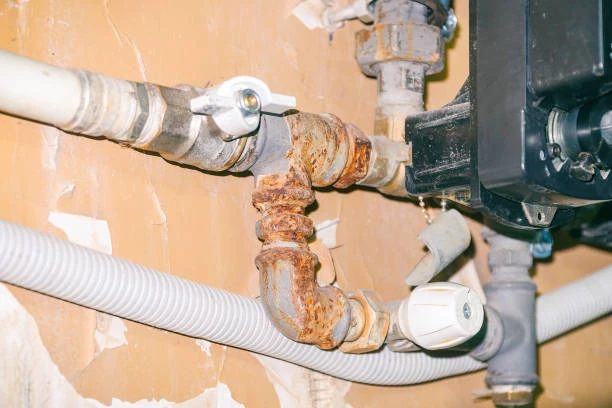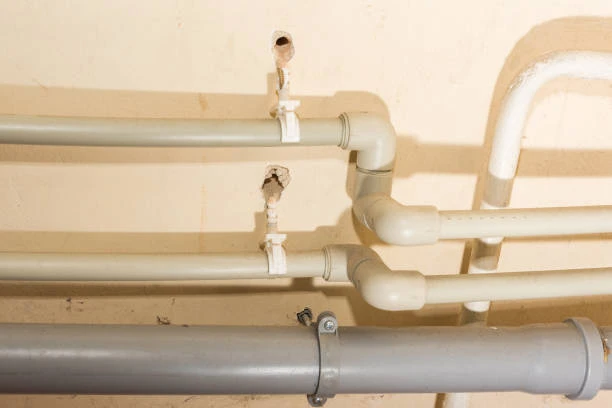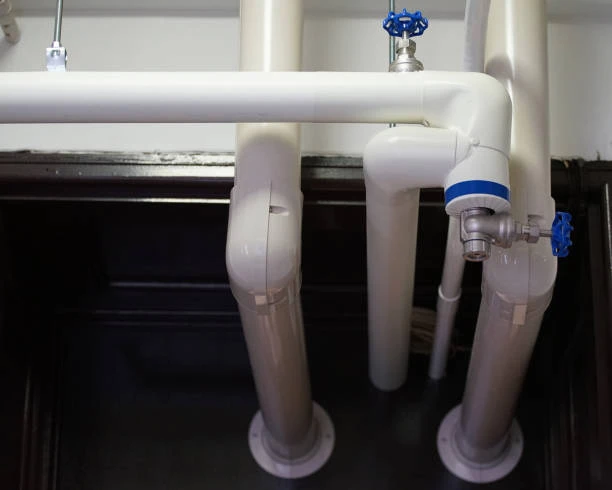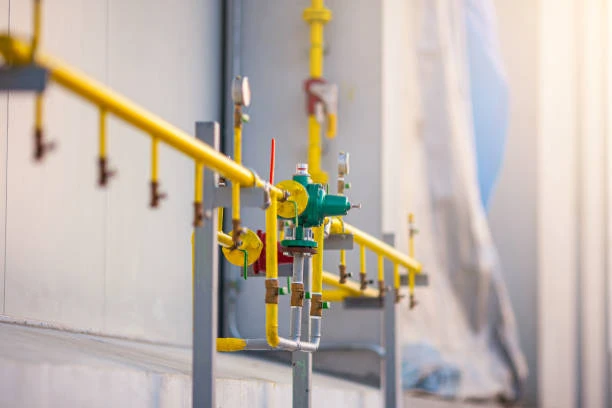PPR pipes are valued for their reliability and versatility, but professional maintenance is essential to ensure their longevity. Proper maintenance techniques, combined with an understanding of PPR pipe connection methods, help prevent issues and keep the system operating efficiently.
1. Understand Different PPR Pipe Connection Methods
Before performing maintenance, you must understand PPR pipe connection methods. These include fusion welding, mechanical joining, and threaded connections. Fusion welding, the most common method, ensures a leak-proof bond when performed correctly. Mechanical joining is ideal for temporary systems, while threaded connections suit specific applications. Knowing these methods ensures accurate troubleshooting and repairs.
2. Inspect Connections for Wear and Damage
Regular inspections identify problems in pipe connections before they worsen. Look for leaks, cracks, or signs of stress around joints. Focus on weak spots where fittings meet the pipes. Incorrect PPR pipe connection methods often cause premature wear. For example, poorly welded joints may fail under pressure. Regular checks keep the system reliable.
3. Use Proper Tools for Repairs
The success of repairs depends on using the right tools. Invest in welding machines, pipe cutters, and torque wrenches designed for PPR pipes. Tools matching specific PPR pipe connection methods ensure precise results. For instance, fusion welding machines maintain consistent heat levels for strong bonds. Always prioritize accuracy to prevent further issues.
4. Maintain Proper Water Pressure
Unstable water pressure can damage pipe connections over time. Install pressure regulators to protect fittings and joints. High-pressure systems require precise PPR pipe connection methods to avoid leaks. For example, a poorly secured mechanical connection may fail under surges. Stable pressure improves pipe performance and lifespan.
5. Protect Pipes from Temperature Extremes
Temperature fluctuations weaken PPR pipes and connections. High heat can deform fittings, while freezing temperatures may cause cracks. Use heat-resistant PPR pipe connection methods in hot water systems and insulate outdoor pipes to prevent frost damage. For instance, insulated welding joints resist temperature stress effectively.
6. Flush Pipes to Prevent Blockages
Blockages increase internal pressure, stressing pipe connections. Flush the system periodically to remove debris or mineral deposits. Proper PPR pipe connection methods include installing strainers or filters to minimize dirt buildup. For example, clean pipes improve flow and reduce wear on welded joints.
7. Train Personnel on Maintenance Techniques
Training ensures workers understand how to maintain PPR pipes and connections effectively. Teach them proper PPR pipe connection methods and the importance of following manufacturer guidelines. Use practical examples, such as identifying a poorly fused joint, to enhance understanding. A trained team reduces risks and improves maintenance quality.
8. Plan Regular System Upgrades
Upgrades enhance system performance and prevent aging issues. Replace outdated fittings or pipes with modern, durable materials. Use advanced pipe connection methods, such as electrofusion, for added reliability. For example, an upgraded fusion connection resists high pressure better than older designs. Regular upgrades ensure system efficiency.
By adopting these professional maintenance strategies and focusing on proper PPR pipe connection methods, you can extend the life of your PPR piping system. Regular inspections, skilled repairs, and consistent upgrades maintain system reliability and minimize downtime.
IFAN Products international standards
IFAN products strictly adhere to a comprehensive range of international standards, encompassing ISO 15874, EN 15874, ASTM F2389, DIN 8077/8078, GB/T 18742, NBR 15884, ISO 15494, EN ISO 15494, GB/T 19472, NBR 15494, ASTM 2846 (501), DIN 8079/8080 (502), ASTM F441/F441M SCH80 (503), DIN (504), DIN (505), GB/T 18993, AS/NZS 1477, CSA B137.6, NSF/ANSI 14, TIS 17-2532/1131-2535, BS 3505, BS 4346 (801), ASTM D1785 SCH40 (802), ASTM D1785 SCH80 (803), DIN (804), GB (805), GB (806), GB(901), DWV(902), ASTM D2665 (903), along with ASTM D2241, D2665, D2729, and F441/F441M series, ISO 1452, EN ISO 1452, DIN 8061/8062, GB/T 10002, AS/NZS 1477, JIS K6741, CSA B137.3, and other national and industry norms.
Connect
IFAN is a Chinese manufacturer of plastic pipes, fittings and valves with 30 years of experience. If you are interest in IFAN copper fittings, copper valves, plastic pipes and fittings, please contact us. IFAN offers you a variety of standard pipes to meet your specific needs. Click below to learn more about IFAN’s wide range of affordable and cost-effective valve products and piping system related products.
We will reply your email or fax within 24 hours.
You can call us at any time if there is any question on our production.
For more information,pls visit our webside https://waterpipefitting.com/
Pls Mailto: [email protected]
Whatsapp: + 86 19857948982














Recent Comments